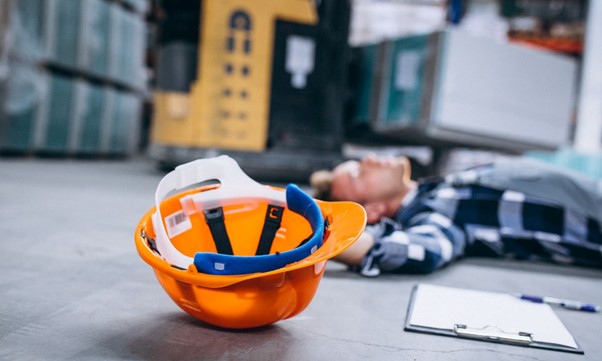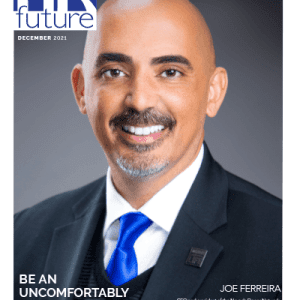If you expect your employees to give you their best, you need to help them be at their best. Prioritizing workplace well-being is more than a trend that rises and falls depending on employment rates. Employees need to be healthy and in reasonable physical condition to be productive day after day. Promoting health in the workplace, however, won’t happen without a plan. With these adjustments to the workplace and culture, your employees will have an easier time focusing on productive work.
Create Ergonomic Workstations
The daily grind is notoriously bad on the body, so you should start there. Although ergonomics has been a common practice in workplaces for decades, you might be surprised by the number of workstations that don’t meet basic requirements. People who spend most of their day sitting should have chairs that provide comfortable back support, with adjustable seat height and armrests. Desks should be an appropriate height for the user to slide the chair underneath, with wrists and forearms running in a straight line. Monitors should be sufficiently large to minimize eyestrain and positioned at eye level.
Encourage Comfortable Clothing
Workplace dress codes do not have to require uncomfortable clothing, and yet many dress styles could use an improvement for comfort and productivity. For example, several layers of clothing can restrict normal movement or make wearers feel excessively hot. Ideally, the work dress code should be accommodating enough to allow workers of all body types to find clothing that is appropriate, comfortable, and sensible for the season. People who spend most of their time standing should also be encouraged to wear comfortable clogs or other supportive footwear to support their bodies during the workday.
Offer Wellness Perks
If you want employees to prioritize health, you may need to motivate some of them to do so. Many people thrive in an environment where they can work together with others to improve themselves, highlighting the usefulness of workplace wellness programs. You can get employees involved with a variety of options, such as:
- Onsite yoga and meditation classes
- Informal sports leagues
- Activity challenges, like Couch-to-5K
- Company-wide volunteering days
To be effective, wellness perks should be completely voluntary with no negativity toward workers who choose not to participate. Employees should be able to choose from a variety of options so they feel like the company appreciates their unique needs.
Prioritize Mental Health
Although physical health is a primary driver of a person’s ability to function at work, mental health should also be a priority of your workplace well-being goals. Employees face mental health struggles for various reasons, like stress at home or financial issues. Just trying to balance work and life can aggravate conditions such as anxiety, depression, or burnout. Workplaces should promote mental health by encouraging everyone to set reasonable boundaries around their work lives, create clear communication about expectations between workers and management, and take advantage of mental health services when necessary.
Promote a Positive Workplace Culture
Even when work is stressful, the workplace culture should be generally supportive of each employee. Creating a positive culture starts by evaluating mainstream interactions and reframing them to help, not hinder. For example, everyone deserves to know when they have done well, with minimal criticism delivered at appropriate times. The use of workplace humor should be appropriate and never targeted at a specific person or group. Teambuilding exercises can help employees learn how to work together in a way that achieves goals without creating a hostile work environment full of negativity.
Building an attitude of well-being in the workplace takes some careful evaluation of the workspaces, company culture, and employee needs. By implementing ergonomic, comfortable workspaces and teams who support each other, you can discover a whole host of ways to make everyone’s day better.
Kelsey Jayne is Vice President of Design at Dansko. She is a fourth-generation shoemaker with a background in fashion, who brings a deep appreciation for the authentic craft of shoemaking. Passionate about thoughtful design, Jayne focuses on creating comfortable footwear that has a meaningful impact on people’s lives. Her mission is to create stylish, comfortable and practical shoes that promote a more thoughtful approach to overall well-being.
SOURCES


























